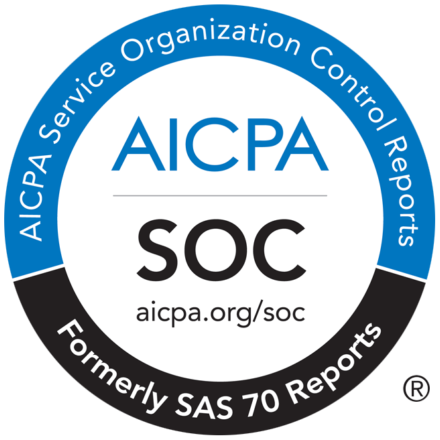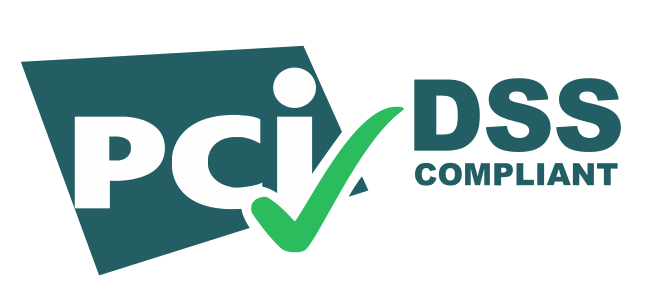The Effect of Plagiarism on Brand Reputation
In today’s world, most brands are prominent online. The virtual presence of a brand is vital to ensure maximum engagement of customers. Brands are built online by preparing websites, social pages, and blogs. Content is a necessary aspect for a brand that seeks to establish itself online. Brand reputation gets damaged due to plagiarism, a concerning factor in today’s world.
Plagiarism or copied content shows that the brand lacks originality. People do not want to see the same content repeatedly. Search engines also remove results that show identical content. When virtual visitors find that the content is copied from another website, they cannot trust the brand and/or its services. People do not always use a plagiarism checker for scanning website content.
However, browsing on the internet gives them a fair idea of whether the content is original or copied. If people do not trust a brand, they are less likely to invest in it. A brand without customers is nothing, and plagiarism in any form can damage the reputation of the brand. Hence, it is necessary to avoid plagiarism at all costs.
The Consequences Suffered by Brands Due to Plagiarism
The extent of damage that a brand has to incur because of plagiarism is quite extensive. There are numerous ways to find websites that contain scrapped content. Online plagiarism checkers or sophisticated plagiarism plugins can show the website owner detailed results regarding the use of the website content on another site without permission.
The website from where the content gets copied can file a plagiarism complaint with the DMCA. This action can lead to the removal of the website containing scrapped content from the results page. Hence, the owner of the website that had plagiarized content needs to make extensive changes. Only then do they come back on the search engine results page. Or start a new website to build a brand reputation.
But this is not an easy task because once the brand is marked for committing plagiarism, it loses its value in the virtual space. In case of copyright infringement, there can be a legal case against the infringer. Complaints and legal cases result in penalties for the website that damages the brand’s reputation. The court of law penalizes the website owner in case of copyright infringement. It leaves a permanent scar on the brand’s reputation.
Ways to Safeguard the Brand Reputation From Plagiarism
Plagiarism is harmful to a burgeoning brand. Most people regard plagiarism as content theft.
Many website owners depend on other websites for their content. While browsing through the internet, it is not uncommon to find websites with similar things written. As a viewer, it might be challenging to differentiate the original website from the replica. However, many websites use scraped content.
As a website owner, it is vital to take action to monitor the content of the website. It is not enough to keep away from dishonest practices because content stealers can dilute the uniqueness of the website content.
Building a brand is a multi-layered task that takes time and patience. An eye for detail is necessary to gauge the soundness of the website design and content. Minor errors can reduce the position of the website on the search engine’s results page, affecting the perception of the viewers.
A few actions that help in safeguarding the brand reputation are as follows:
Thorough Checking Of Website Content
Curation of website content occurs as per the services or products featured on the website. It is necessary to build a positive brand reputation by helping people to learn more about the brand through the website. Apart from visual content, textual content plays a significant role in building brand reputation.
Potential customers often interact with the textual content to gain information about the website and the brand. Therefore, it is vital to update and evaluate the content to ensure that the content explicitly delineates the brand specifications. The periodic checking of the website content helps in detecting plagiarism. Periodic scanning is possible with the help of an online plagiarism checker.
Plagiarism detection has become simplified with the help of the Copyshield plugin. This plugin, developed by Copyleaks, is exceptionally beneficial because it does not just detect content that has been scrapped from the website, but also issues warnings when a person tries to copy content from another website.
Timing the Publication of New Content
As a brand developer, it is necessary to keep potential clients informed about the new features or products that are to be launched by the company. Experts often state that there should be daily featuring of new content. However, it is not always possible to gain the attention of the audience by posting new content.
The publication of website content has to be strategic. It needs to be introduced at crucial points to ensure optimum exposure. Creating teasers and hinting at new developments before launching the product/service is a good content marketing strategy.
Addressing Customer Feedback
Brand development does not depend solely on brand promotion. It also depends on the appropriate use of customer feedback. There are social signals and search engine indicators. It highlights the engagement level of the audience with the website. Low organic traffic, high bounce rates, and low follower count on social pages are not positive signals for a brand.
Apart from these automatic signals, there is the review or feedback section where clients comment about the website or its services. It is essentially significant to take that feedback and immediately address the problems hindering the user experience on the website.
Conclusion:
Brand reputation is vital to engage customers in purchasing the product/services. Stealing content leads to plagiarized website content that a plagiarism scanner quickly detects.
Clients lose faith in a brand that does not feature original work. Hence, it is sensible to prevent content theft and also ensure that only original content is used in a website.

